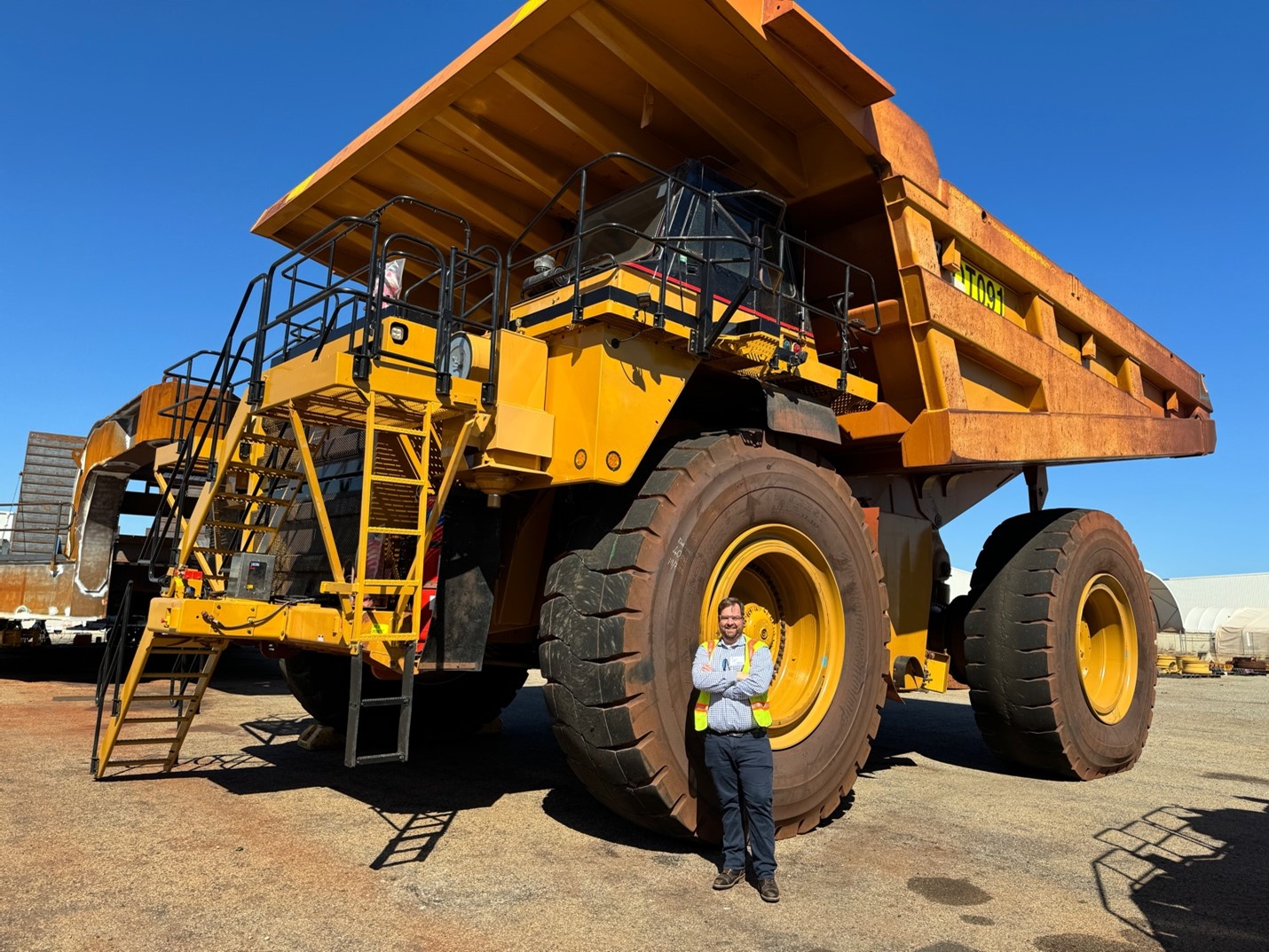Garner Environmental Services Improves Emergency Response Asset Tracking With Geoforce
View Our Case StudiesEnd-to-End Asset Intelligence: How to Track Your Equipment Throughout the Entire Fertilizer Preparation Process
Save time and money by gaining visibility of all your assets — from potash mining, to transportation and delivery.
Producing crops at scale is no easy feat.
From mining the right fertilizer, to delivering products to retail store shelves, there’s an abundance of moving parts, tools, and processes that makes it all happen.
Equipment is at the heart of crop production, and for enterprise companies, it’s virtually impossible to keep track of every piece of equipment. Some assets may be rented while others are borrowed or offsite, making it impossible for manual tracking to be effective.
Without tools that provide asset visibility, you’re bound to lose track of your equipment’s whereabouts, costing your business valuable time and money.
In this three-part series, we’ll run through the steps it typically takes to produce and transport corn while showcasing how you can track your assets every step of the way.
This first blog focuses on the initial phase: fertilizer mining.
Read on to learn about the equipment involved in mining potash, a popular fertilizer, and how to track your assets every step of the way.
What is potash?
Found mostly in the eastern United States, potash is an essential crop nutrient that serves as a fertilizer and improves crop yield globally.
Before potash can protect and restore soil’s fertility, the mineral must first be mined from ancient deposits that sit about 1,000 to 3,000 meters underground. Mining typically converts the raw ore into an absorbable form for plants, most commonly known as potassium chloride (KCl).
Potassium is essential in nearly all processes needed to sustain plant growth and reproduction. Plants deficient in potassium are less resistant to drought, excess water, and high and low temperatures. They’re also less resistant to pests, diseases, and nematode attacks, underscoring the importance of high-quality fertilizers like potash.
Fertilizer Mining, Transportation & Disbursement: End-to-End Equipment Tracking
To successfully mine, transport, and distribute fertilizer, you need a wide variety of assets. Keeping tabs on equipment is impossible without the right technology. Here’s how Geoforce’s devices and web-based platform help you track your assets’ location.
Mining
To begin mining potash, boring machines must dig out the ore. From there, various types of vehicles transport raw ore and waste rock from within the mine tunnels to the surface. This haulage equipment may include dump trucks, rail-mounted vehicles, or conveyor belts.
At the processing mill, machinery crushes and refines the raw ore to extract the potassium salts. Other supporting equipment includes light towers, dumpsters, excavators, generators, and heaters.

Tracking benefits: Tracking the location and utilization of equipment like excavators, dumpsters and generators ensures that you effectively inventory these assets and that they’re available in the right place at the right time.
Transportation
Once potash is mined and refined, it’s ready for its next destination: either a distribution center or its direct customer.
The right transportation mode depends on various factors, such as distance, accessibility, and market demand. While potash typically moves via trains or trucks, it’s sometimes transported via barges or a combination of multiple modes.
Rail is best suited for long-distances and large quantities of bulk product. Meanwhile, trucks offer flexibility between delivering potash directly to customers or distribution centers. Though uncommon, potash sometimes travels via barges as a cost-effective way for bulk materials to traverse rivers and canals.

Tracking benefits: Knowing your freight’s whereabouts gives you real-time shipping statuses and insight on delivery timelines. Having visibility into your shipments’ locations can also help you minimize product loss.
Disbursement
After arriving at its final destination, potash is placed in fertilizer carts. Also known as fertilizer spreaders or fertilizer applicators, these carts help distribute potash onto fields or crops.
Processed potash is loaded into the fertilizer cart’s hopper, which can vary in size depending on the cart’s capacity and the area of land to be fertilized.

Tracking benefits: Farmers commonly rent out or borrow disbursement equipment, but moving multiple assets from site to site can make it easy to misplace them. Tracking these items helps lenders minimize loss and borrowers avoid late rental return fees.
Start Tracking Your Fertilizer Equipment
Whether you’re an agricultural producer, rental company, contract farmer, or a service provider, you’ve got plenty of assets to keep tabs on.
Losing track of them can cost you valuable time and money that’s better spent elsewhere.
Join other industry-leading companies who use smart equipment trackers to take the guesswork out of asset tracking. Get a quote today.




 print article
print article